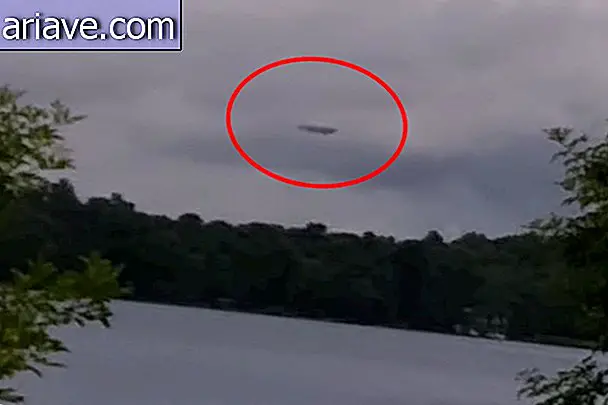In 15 years, Terra could face mini 'ice age', researchers say
Humanity must prepare for a mini "ice age" within about 15 years, according to a statement by scientists at the National Astronomy Meeting in Wales. The prediction cannot be confirmed yet, but according to Northumbria University professor Valentina Zharkova, the information officer, the finding was revealed by a computerized solar model that analyzes the sun's activity, whose hit rate was 97 percent accurate. in previous forecasts.
The program mapped motions of the spots and reproduced solar activity between 1976 and 2008, managing to hit almost all events in that period. In cycles that last approximately 11 years, the movement of solar elements corresponds to periods of climate on Earth. Therefore, if this margin continues along the same lines, a wave of intense cold could hit the earth around the year 2030.
The computer presented the possibility of a significant reduction in solar activity from the year 2022, when two waves of solar surface fluids begin to move between the northern and southern hemispheres in the opposite direction. This year, the cycle of movements will be the number 25, and this action, gradually, loses sync and leaving the solar activity smaller and smaller until reaching the apex in the next cycle.

According to Professor Zharkova, in cycle 26, the two waves, with exactly equal intensities, should peak at the same time, but each in one of the opposite hemispheres of the Sun. “The interaction of the two will be conflicting, with the two. waves practically canceling each other out, ”he added.
With less movement in the sun, the lower the incidence of heat on the earth, and the lower the temperature of the planet. Valentina pointed out that solar activity should be reduced by 60%, resulting in an intense cold climate similar to a period known as the Maunder Minimum, from 1645 to 1715. It was during this time that a kind of “mini age of ice ”due to the low production of spots by the sun.
Sunspots are caused by intense magnetic fields that repel and direct the solar hot substance to other parts, causing the appearance of dark parts on the sun's surface, visible in some images already recorded. They can last from 1 to 100 days and have a slightly reduced temperature (4, 200 ° C, while normal would be about 6, 000 ° C).
With the flow of solar fluid, these spots end up moving around the star so that they go through cycles of intensity influenced by this movement. Two main waves, which remain in constant motion, are responsible for the change in the production of solar activity.
Professor Valentina Zharkova explained that waves can show great interaction when they are in close phases, leading to increased solar activity. When they are in different phases, there is the decrease. "When they are in completely separate phases, we have conditions similar to those faced during the period 370 years ago, " he added. As Zharkova reported, during the "Maunder Minimum" period, this was the last time this condition was seen.
During the mini-ice age of the 17th century, Europe and North America faced cold temperatures and very severe winters. Records show that at that time, the Thames, a large river that flows into London, was completely frozen so that it could be crossed on foot and withstood “ice fairs” on its surface.
What do you think about the possibility of a mini ice age in 2030? Have your say on the Curious Mega Forum











